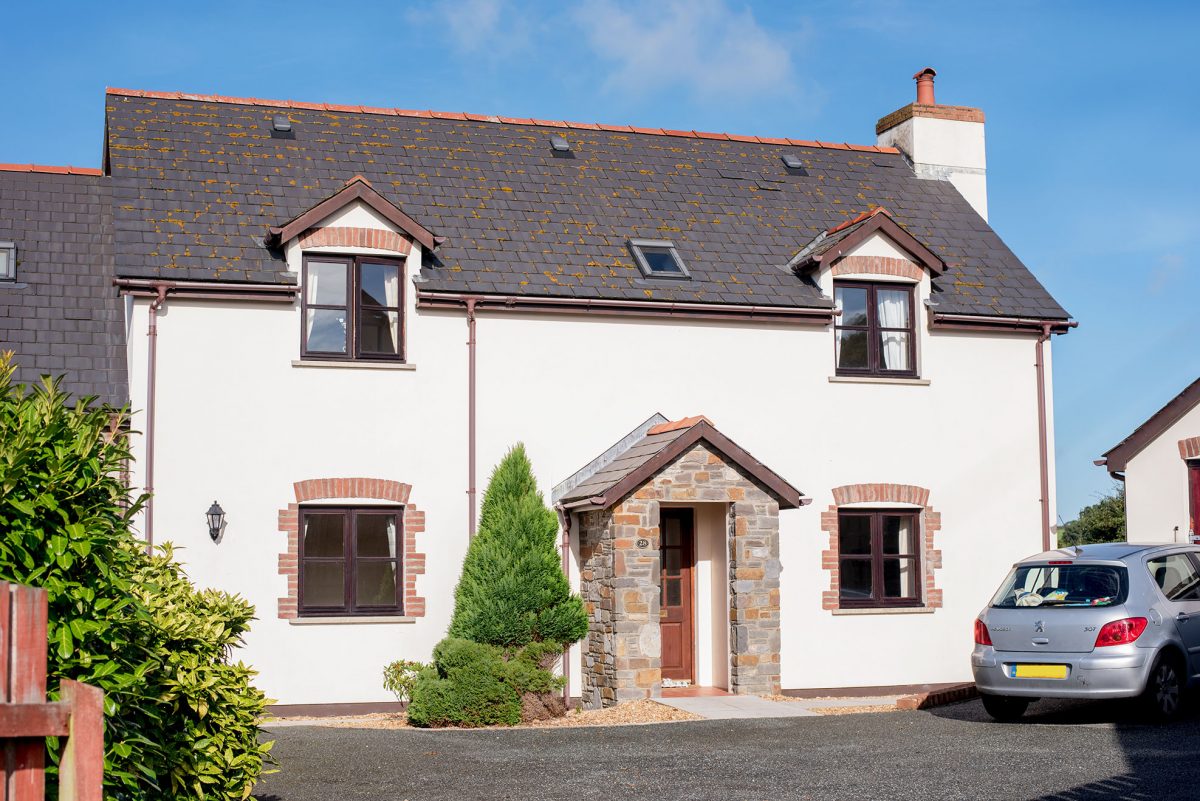Practical things to consider before getting a room plastered
At some point in time, it’s likely that you’ll decide to get all or parts of your house replastered. But before you jump in and hire a plasterer, it’s wise to consider a few practical things first. That way you can be sure you’ll get the best result possible. Here’s what to ask yourself.

Is there a way I can keep costs down?
It costs from around £600 to plaster a room and plasterers charge between £150 and £200 a day. So, it’s a good idea to ask yourself whether there’s a way to keep these costs down.
Although it’s easy to hire a plasterer and simply leave them to it, this can be costly. They may take longer to complete the job if there’s a lot of prep work to do and bulky furniture to move. And this does add to the overall plastering cost. If you’re on a budget, this is something you want to avoid.
Thankfully, in most cases, you can keep costs down with a bit of forward planning. Clear out the rooms you want plastering, so it’s quicker and easier for your trades to get the job done. If you’re able to, it’s a good idea to get radiators and other wall fixings removed in advance.
If you’re having the room completely replastered, can you remove the old plasterwork yourself to save labour costs? For walls that are simply being skimmed, perhaps you can strip wallpaper and remove loose plasterwork to save the plasterer time. It’s a good idea to discuss this with your plasterer beforehand, so you both know which jobs you’re taking on and can coordinate your efforts.
To keep things running smoothly, ensure that your plasterer has easy access to water as they’ll need this throughout the job. If there isn’t a tap nearby that they can use, ask whether you can fill buckets for them instead.
Do I need to do any electrical work first?
Before you get any walls replastered, it’s sensible to consider whether you need to make upgrades to the wiring in the room. Ask yourself if adding electrical sockets or switches would make your life easier. Could they be better placed for convenience? A good indication that a room doesn’t have sockets where you need them is the constant use of extension cables in the room.
You should also think about whether the existing sockets are flexible enough. For instance, if you decide to have a switch around in the lounge or bedroom, would you still be able to plug in table lamps and other electricals with ease? And if you were to start using a nursery as a home office, would you have enough sockets to plug in things like laptops, monitors and printers?
Finally, would your room be enhanced by new ceiling or wall lights? For example, you might fancy adding in wall lights beside your bed or a new pendant fitting over your dining table or kitchen island.
Although you might not have been thinking about getting any electrical work done, you should certainly give this some thought before plastering. Doing it afterwards will mean chipping into your lovely new plasterwork to chase in wires and fit sockets.
Would it be wise to add some insulation?
There has been a lot of talk recently about improving the insulation of homes in order to reduce energy bills and carbon emissions. So, this is something else to think about before you plaster walls and ceilings.
Would adding a layer of insulation be worthwhile to help your home to stay warmer?
Insulation may also help your home to stay cooler in the summer. And it can also help your home to become suitable for a heat pump installation. This might not be something you’re considering right now, but what about in five years’ time? Adding insulation now could save you needing to take the plaster back off the walls in the not-so-distant future – potentially saving you money and extra disruption.
Adding insulation to your walls before plastering is particularly helpful if you have solid rather than cavity walls, as the only other option is to add insulation to the outside. Although this will cost you around £7,500 for the whole house, it’s usually more cost-effective than external insulation and should save you between £150 and £550 a year on bills. It’s also thought to reduce your CO2 emissions by more than 400kg a year.
Am I happy with the room’s woodwork?
Typically, when walls are skimmed, plasterers will skim down to your skirting boards. And that’s fine if you’re happy with all of your woodwork. But what if you’re not? Sometimes the woodwork can be in a poor state or not in keeping with the age of the house or your personal style. But removing it afterwards is likely to damage the plaster. So, it might be worth replacing this at the same time.
This does mean that the old woodwork, such as skirting boards and architraves, should be removed before your plasterer starts – unless you’ve agreed this to be done as part of the work. Once the plastering has been done and has dried, you can hire a carpenter to fit your new woodwork, giving you a fresh and neat finish.


